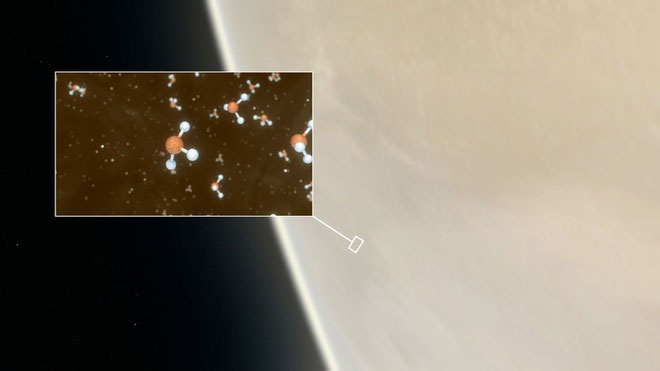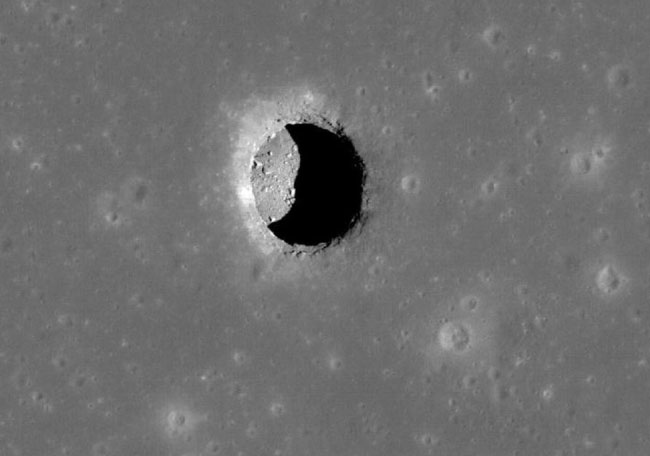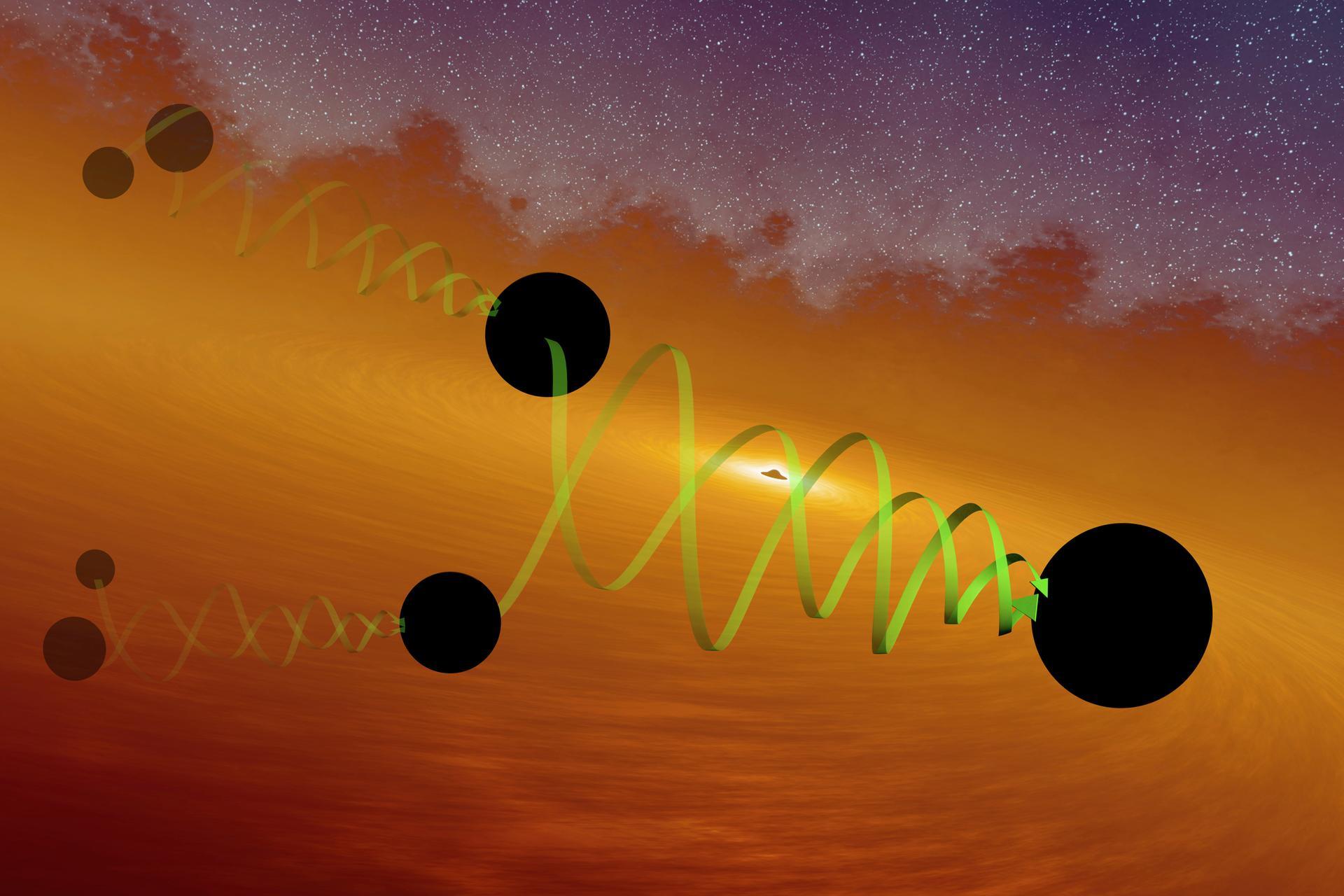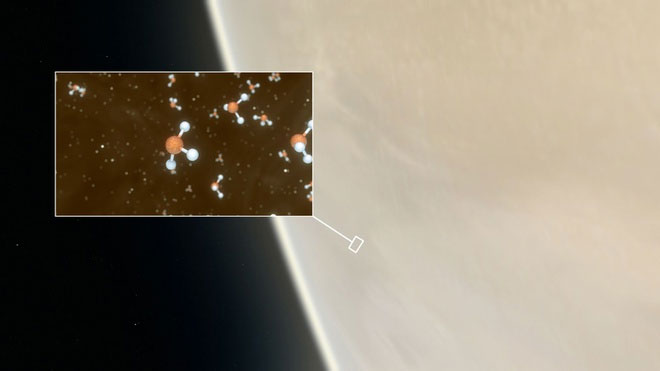In a monumental discovery that could reshape our understanding of life in the universe, scientists have detected potential signs of life in the clouds of Venus. This finding has sparked excitement and curiosity within the scientific community, as Venus, often considered Earth’s “twin” due to its similar size and composition, has long been deemed inhospitable. The presence of life on Venus would challenge our existing paradigms and open new avenues for astrobiological research.

### The Discovery: Phosphine in Venusian Atmosphere
The detection of phosphine gas (PH3) in the clouds of Venus is the primary evidence pointing towards possible life. Phosphine is a chemical compound that, on Earth, is predominantly associated with biological processes. It is produced by anaerobic organisms, which thrive in oxygen-free environments. The presence of phosphine in Venus’s atmosphere, where no known abiotic processes can easily account for it, raises the intriguing possibility of microbial life.

### The Significance of Phosphine
Phosphine is a relatively simple molecule consisting of one phosphorus atom and three hydrogen atoms. On Earth, it is a byproduct of microbial life in anaerobic environments. The detection of phosphine in the highly acidic clouds of Venus suggests that some form of life could be generating it. This discovery was made using spectroscopic observations, which identify the unique chemical signatures of compounds in planetary atmospheres.
### Venus’s Harsh Environment

Venus is often described as a “hellish” planet due to its extreme surface conditions. With surface temperatures reaching 475 degrees Celsius (900 degrees Fahrenheit) and atmospheric pressure 92 times that of Earth, Venus’s surface is inhospitable to life as we know it. However, the conditions in the upper cloud layers, about 50 to 60 kilometers above the surface, are much more temperate. Temperatures here range from 30 to 80 degrees Celsius (86 to 176 degrees Fahrenheit), and the atmospheric pressure is similar to Earth’s surface pressure.
### The Clouds of Venus: A Potential Habitat

The clouds of Venus are composed mainly of sulfuric acid, creating a highly acidic environment. Despite this, the detection of phosphine suggests that microbial life could exist in these clouds. On Earth, extremophiles, or organisms that thrive in extreme conditions, have been found in highly acidic, alkaline, and hot environments. If similar organisms exist on Venus, they could potentially survive in the planet’s acidic clouds.
### Implications for Astrobiology
The potential discovery of life on Venus has profound implications for the field of astrobiology. It suggests that life could exist in a variety of environments, not just those similar to Earth. This finding expands the potential habitable zones in our solar system and beyond. It also raises questions about the origins of life and whether life on Venus could be related to life on Earth, or if it represents a separate genesis.
### Future Missions to Venus
To confirm the presence of life on Venus, future missions will be essential. Several space agencies, including NASA and the European Space Agency (ESA), are planning missions to further explore Venus’s atmosphere and surface. These missions aim to sample the clouds directly, analyze their chemical composition, and search for further signs of life.
### Challenges and Next Steps
While the detection of phosphine is compelling, it is not definitive proof of life. There are still many unknowns, and alternative explanations must be thoroughly investigated. Scientists will need to conduct more detailed observations and develop models to understand the source of phosphine. Laboratory simulations of Venusian atmospheric conditions could also provide insights into whether non-biological processes could produce phosphine.
The detection of phosphine in the clouds of Venus is a groundbreaking discovery that has the potential to change our understanding of life in the universe. While the evidence is not yet conclusive, it opens up exciting possibilities for future research and exploration. As we continue to study Venus and its mysterious clouds, we may be on the brink of answering one of humanity’s most profound questions: Are we alone in the universe?
By pushing the boundaries of our knowledge and exploring new frontiers, we inch closer to unraveling the mysteries of life beyond Earth. The clouds of Venus may hold the key to a new chapter in astrobiology, one that could redefine our place in the cosmos.

